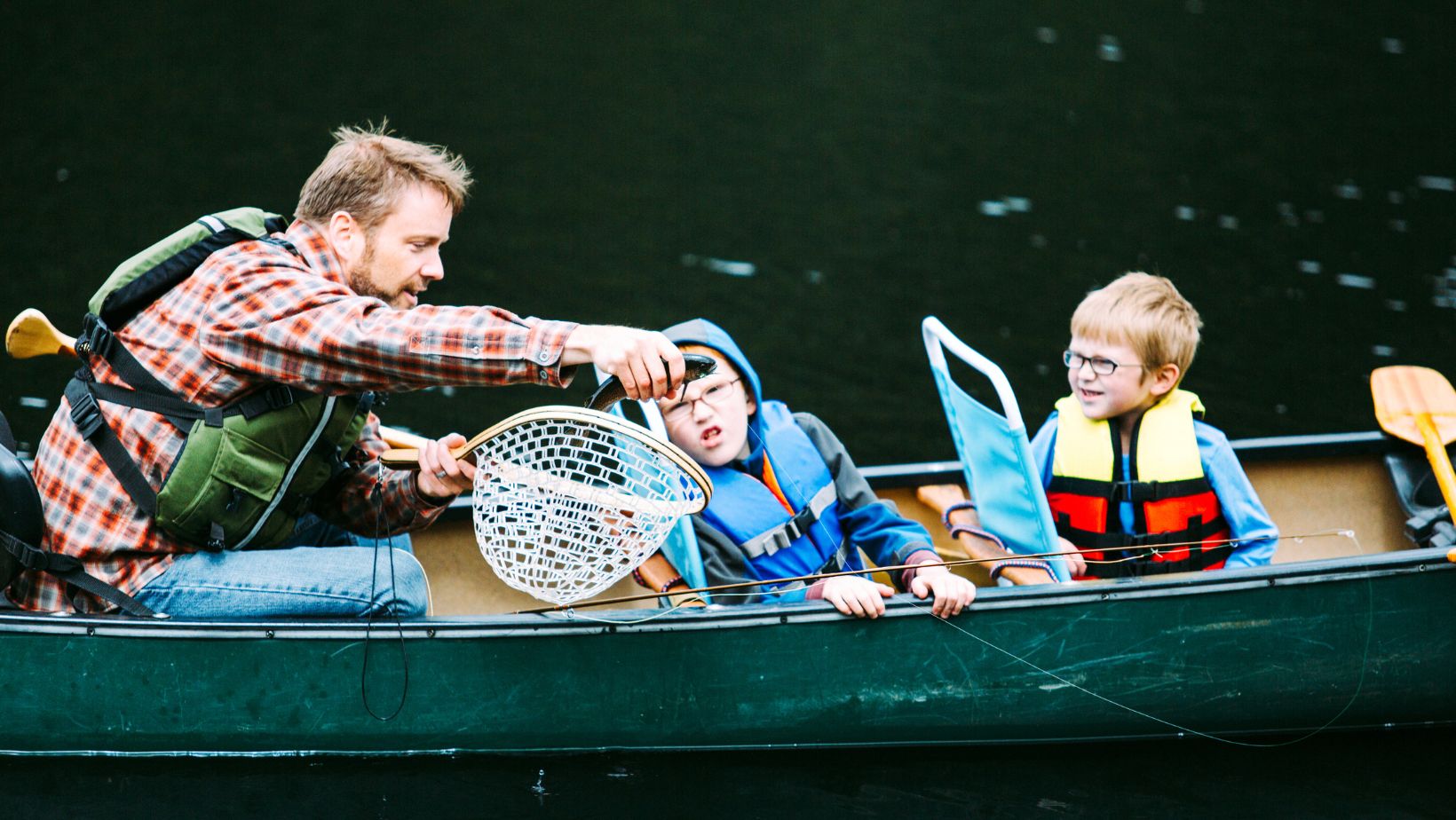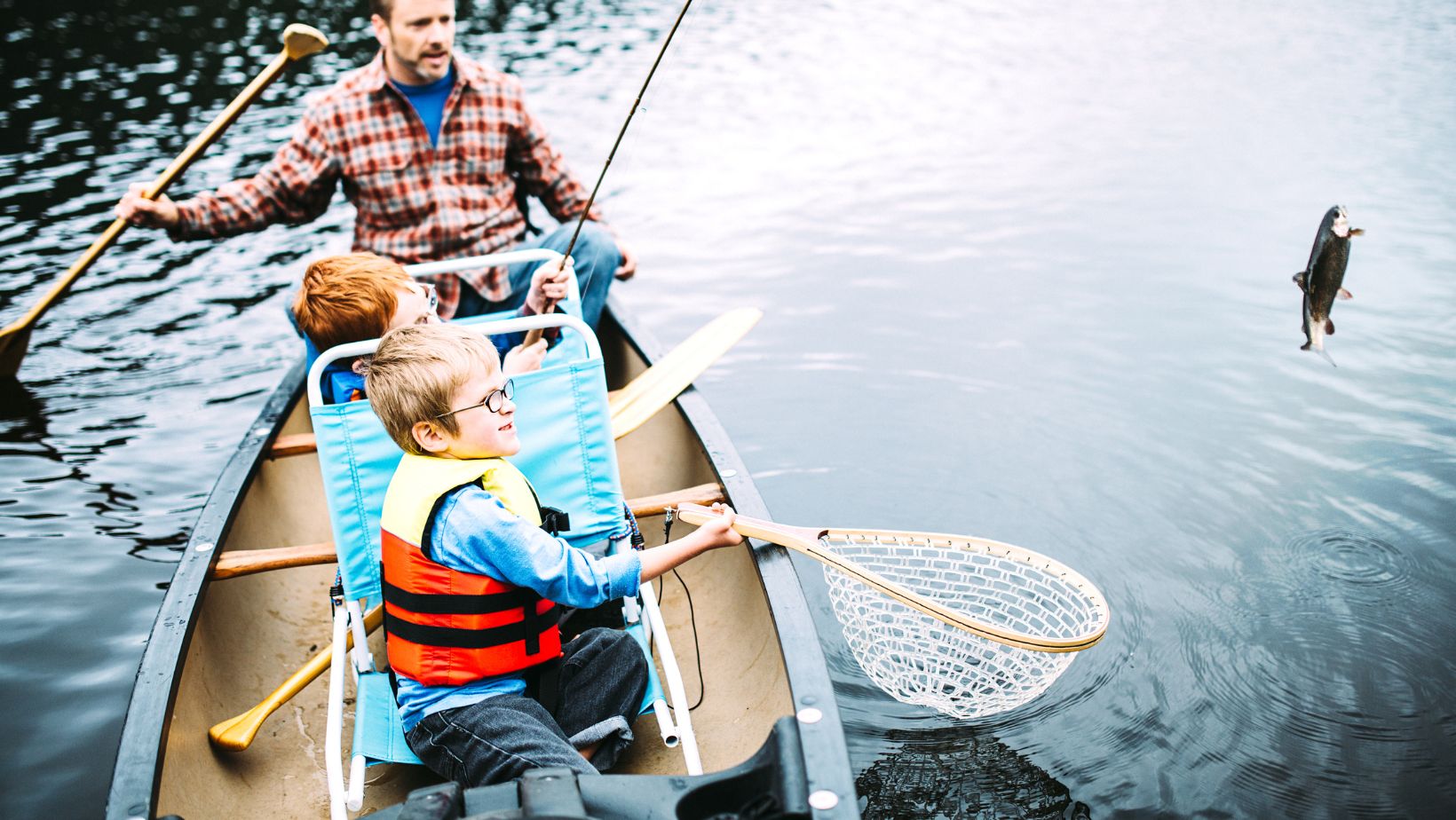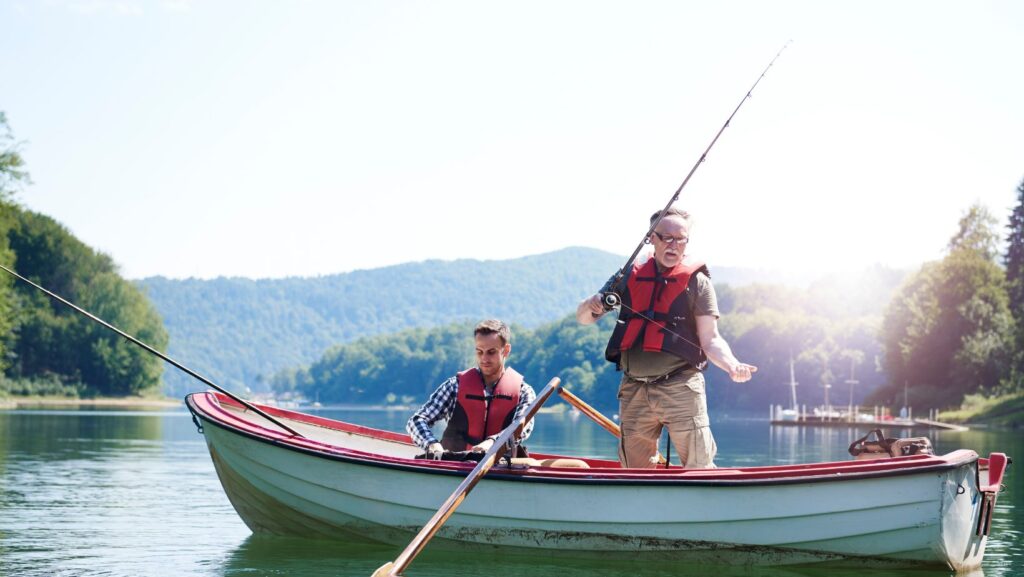Fishing success starts with choosing the right fishing gear suited to the specific water conditions and fish species. For example, in freshwater, lightweight rods, smaller lures, and spinning reels work well for bass, trout, and crappie, while saltwater anglers need corrosion-resistant reels, strong lines, and durable lures to handle aggressive species like tarpon, redfish, and tuna. So you should consider water salinity, fish size, and habitat and choose from an excessive variety of different lures, rods, reels, and baits—not an easy task. This article aims to help you determine the right tackle gear for stability, casting distance, and lure effectiveness, wherever you might be fishing.
Table of Contents
Selecting the Right Fishing Rod and Reel
A well-matched rod and reel make a significant difference in performance and comfort. Rods come in different lengths, actions, and power ratings, influencing how they handle fish strikes and casting techniques. Shorter rods offer better accuracy, while longer rods improve casting distance. Light-action rods are ideal for smaller fish, whereas medium-heavy rods suit larger catches.
Reel selection depends on your experience level and fishing style. Spinning reels work best for beginners due to their ease of use, while baitcasting reels provide more control for experienced anglers targeting bigger fish. Fly reels are specialized for fly fishing techniques and require skill in casting.
Choosing the Finest Fishing Line
The type of fishing line affects casting, hook setting, and fish landing success. Monofilament lines are budget-friendly, easy to handle, and stretch under pressure, making them suitable for beginners. Braided lines offer superior strength and sensitivity, which makes them ideal for deep-water fishing and heavy cover. Fluorocarbon lines are nearly invisible underwater—excellent for clear water conditions and wary fish.

Line strength, measured in a pound test, should match the targeted species: lighter lines (4-12 lb) work for small fish, while heavier lines (15-30 lb) prevent breakage when battling large game fish. Properly spooling the reel with the correct line ensures better performance and fewer tangles.
Picking the Right Hooks and Baits
Matching hooks and baits to the target species increases the chances of a successful catch. You should understand fish feeding habits to select the right bait presentation. To make it easier, artificial lures, such as crankbaits, soft plastics, and spinners, mimic real prey and attract predatory fish. Live bait, including worms, minnows, and shrimp, appeals to a wide range of fish but requires proper storage.
Hooks come in various sizes and shapes, so you can find something to match your bait. Popular options are circle hooks, which are effective for catch-and-release fishing, and J-hooks, which offer a traditional design for securing bait.
Essential Terminal Tackle for Every Trip
Terminal tackle includes weights, swivels, bobbers, and leaders, all of which contribute to bait presentation and line control:
- Weights help sink baits to the appropriate depth, with split-shot weights useful for finesse fishing and pyramid sinkers working well in strong currents.
- Swivels prevent line twists, especially when using spinning lures.
- Bobbers signal bites by floating on the water’s surface, making them ideal for beginners.
- Leaders add abrasion resistance and prevent fish from breaking the main line, particularly when targeting species with sharp teeth, such as pike or barracuda.
It’s always wise to have a variety of terminal tackles to ensure adaptability for different fishing conditions.
Packing a Versatile Tackle Box
A well-organized tackle box enhances efficiency and ensures easy access to necessary gear. You should pack a mix of hooks, lures, extra lines, pliers, scissors, and a multi-tool for quick adjustments. Consider buying a tackle box with waterproof storage compartments to protect fishing gear from rust and damage. You can also categorize items by type, size, and purpose to prevent clutter and save time when changing tackle. Don’t forget about a compact first-aid kit, sunscreen, and insect repellent—adds an extra layer of preparedness.
Adapting Tackle Gear to Weather Conditions
Weather influences fish behavior and fishing gear effectiveness, making adaptability essential. On sunny days, using bright-colored lures improves visibility, while overcast conditions call for darker shades. Wind affects casting accuracy, necessitating heavier lures and stronger lines.

Rain increases water turbidity, making vibration-based lures like spinnerbaits and chatterbaits more effective. Cold weather slows fish metabolism, requiring smaller, slower-moving baits.
Check weather forecasts and adjust your tackle choices accordingly. Having several different options enhances success rates and ensures optimal gear performance throughout the trip.
Maintaining and Storing Tackle Fishing Gear
Proper maintenance extends the lifespan of fishing gear and improves performance. Follow these basic care tips:
- After each trip, rinse reels and rods and tackle with fresh water to remove dirt, salt, and debris.
- Regularly lubricate reel components to prevent corrosion and ensure smooth operation.
- Store rods vertically to prevent warping.
- Organize tackle in a dry, cool place to reduce rust.
- Check hooks for sharpness and replace damaged lures when needed.
Keeping the gear in top condition is easy; you just need to invest a little time and effort. And it’s definitely worth it if you don’t want to experience any surprises during your fishing trips.
Gear Up for a Successful Fishing Experience
No matter where your next fishing adventure takes you, now you know how to choose the right fishing gear. With the insights shared in this guide, you’re ready to make the most of every moment on the water. Match rods, reels, lines, and baits to fishing environments and target species, organize and maintain your gear properly, and enjoy rewarding fishing trips.




